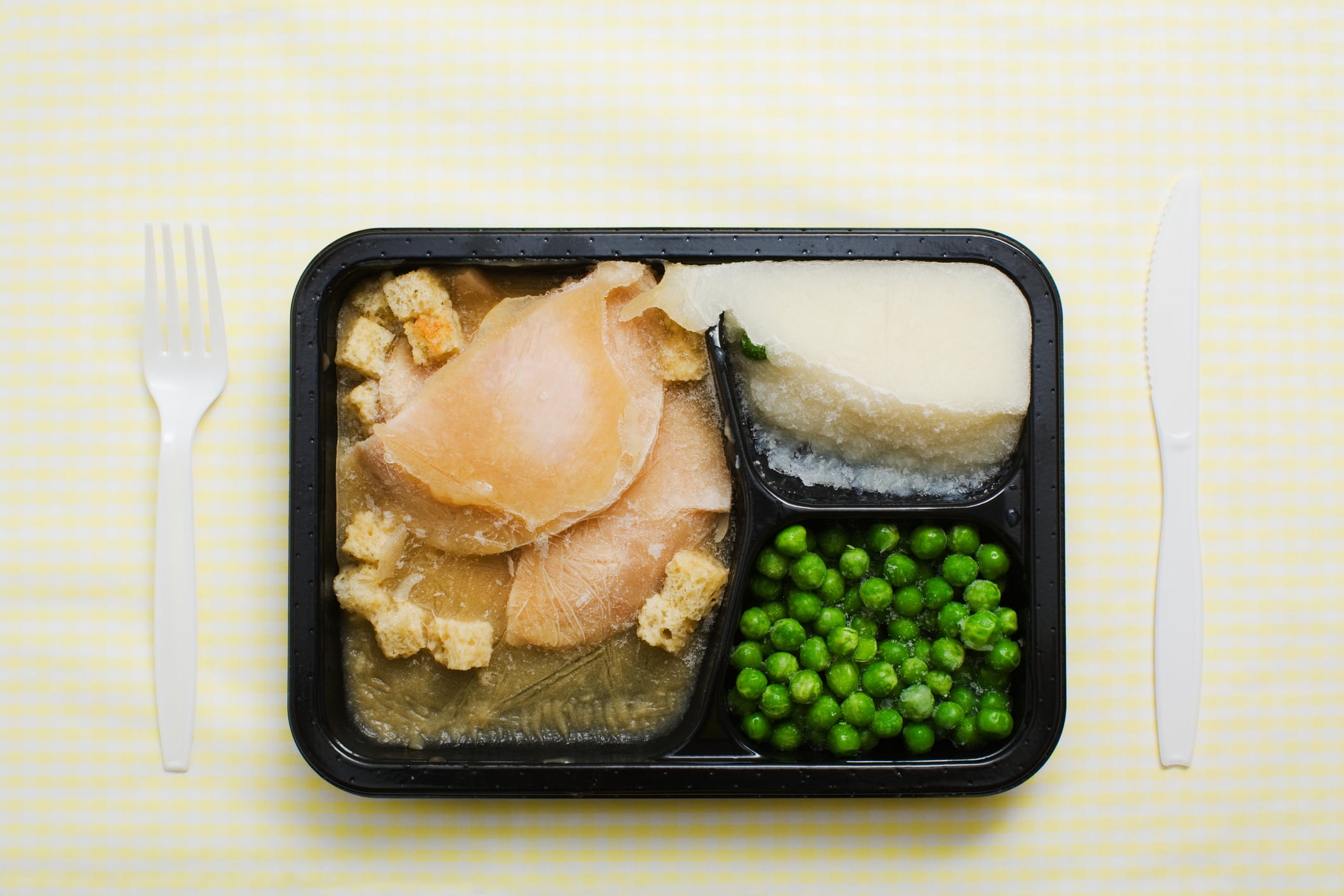Consumer behavior continues to reshape the baked goods market, moving away from traditional priorities and toward wellness-driven choices, according to a Snack Food & Wholesale Bakery webinar last month.
From shelf life to self care
Today’s consumers are less concerned about how long bread lasts on the shelf, according to webinar host and CEO and Founder Richard Charpentier of Baking Innovation. Instead, they are focused on how it contributes to their health and wellness goals. Bread is no longer just a pantry staple – it is a functional food meant to fuel the body, support dietary needs and align with broader lifestyle choices.
This trend, Charpentier explains, began in the COVID-19 pandemic when consumers paid more attention to what they were eating. Charpentier added with the rise of GLP-1 medications driving protein intake goals, bread is being reimagined with functional ingredients and added benefits.
Key takeaways
- 97% of Americans purchase bread weekly.
- The “better-for-you” (BFY) bread category is experiencing strong growth, especially in high-protein, low-carb and artisanal segments.
- Consumers are more label-savvy than ever, prioritizing ingredients like fiber, protein and simple, recognizable ingredients.
Top BFY label claims in 2025
Consumers actively are seeking the following claims on packaging:
- High protein / added protein – Largely driven by health-conscious shoppers and GLP-1 users
- Whole grain / ancient grain
- Low-carb or no-carb
- No sugar added / keto-friendly
- Gluten-free
What is in the dough?
“Clean label” no longer just means fewer ingredients – it means recognizable, transparent and purposeful ones. Current ingredient trends highlighted during the webinar include:
- Plant-based proteins (pea, fava, lentil)
- Fiber-rich additions (chicory root, psyllium, citrus fiber)
- Alternative flours (almond, chickpea, quinoa, chia)
- Natural sweeteners (honey, agave, monk fruit, stevia)
While these trends sound promising, Charpentier shares that Americans still only consume about 5% of the recommended dietary fiber intake – leaving plenty of room for functional innovation in the bakery space.
Consumer’s research
Today’s consumers are not passively choosing products – they are researching them.
Charpentier notes that social media, particularly platforms like TikTok, is shaping consumer knowledge and preferences – sometimes with misinformation. This has led to a rising demand for short, familiar ingredients, clear labeling and fewer additives.
Who is doing it right?
Brands leaning into “organic,” “keto” or “gluten-free” claims are succeeding.
Charpentier cites Base Culture, a gluten-free brand that has grown into a national name, and the continued momentum behind keto breads as proof that demand for BFY options is more than a passing trend.
What is more, consumers are paying more for bread that delivers added value. Premium artisanal loaves are selling out at farmers markets, showing that the demand is real – even at higher price points. According to Charpentier, better-for-you bread can command a 20–35% price premium when done right.
The baker’s balancing act
While the opportunity is clear, Charpentier said that entering the BFY bread market comes with challenges. In the BFY category, innovation is not just about subtraction – it is about thoughtful additions. Bakers must navigate:
- Balancing taste, texture and shelf life with new ingredients
- Managing processing changes – especially with high-protein or high-fiber doughs that require different water absorption levels
- Sourcing specialty ingredients
- Pricing competitively without compromising quality
The key, Charpentier advises, is to start slow.
Rather than copying trending brands, companies could evaluate their own recipes and processes. Could they remove non-essential ingredients? Could they blend traditional flours with functional grains? He suggests brands explore fermentation and sourdough for their clean-label appeal and potential health benefits.
What is next?
The BFY bread trend is still evolving. Charpentier predicts rising interest in:
- Gut health and prebiotic breads
- Personalized nutrition
- Sustainable and upcycled ingredients




